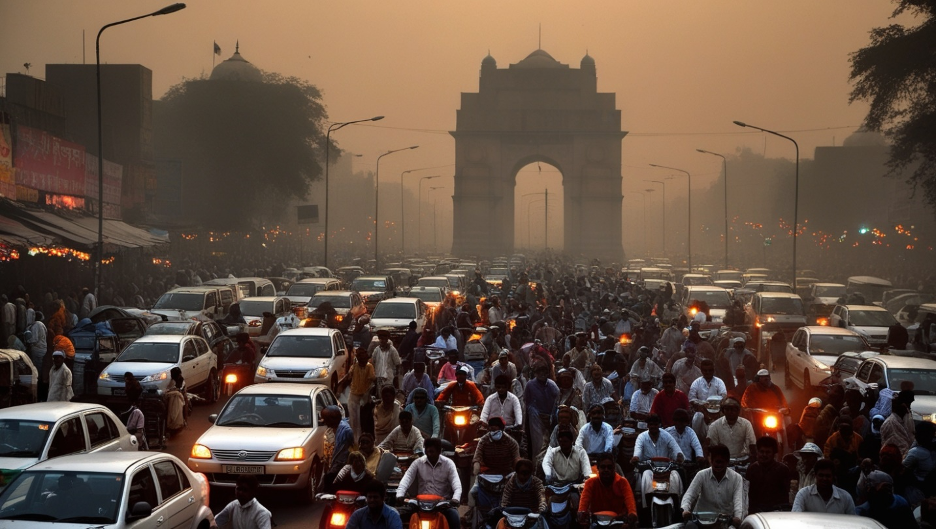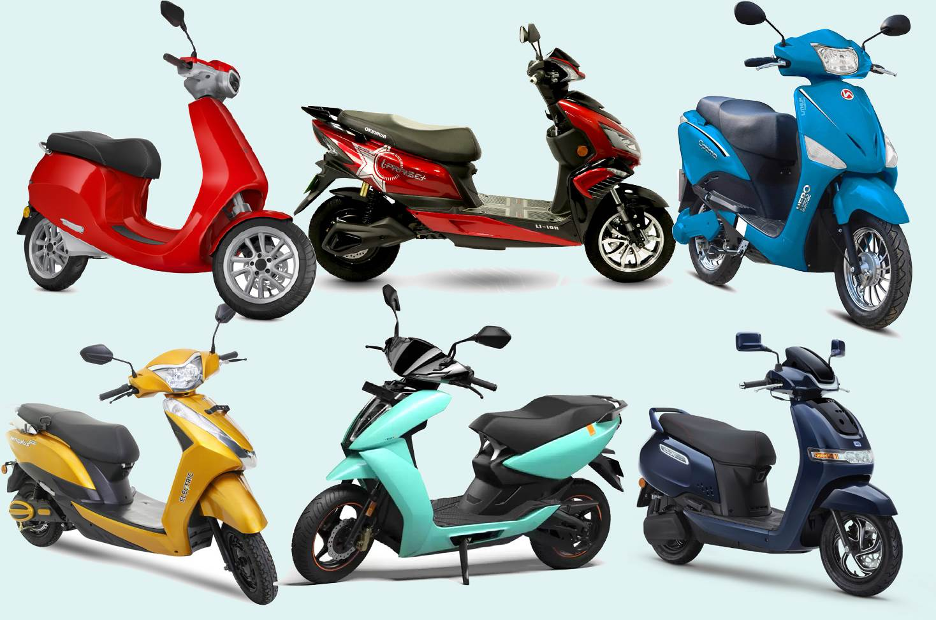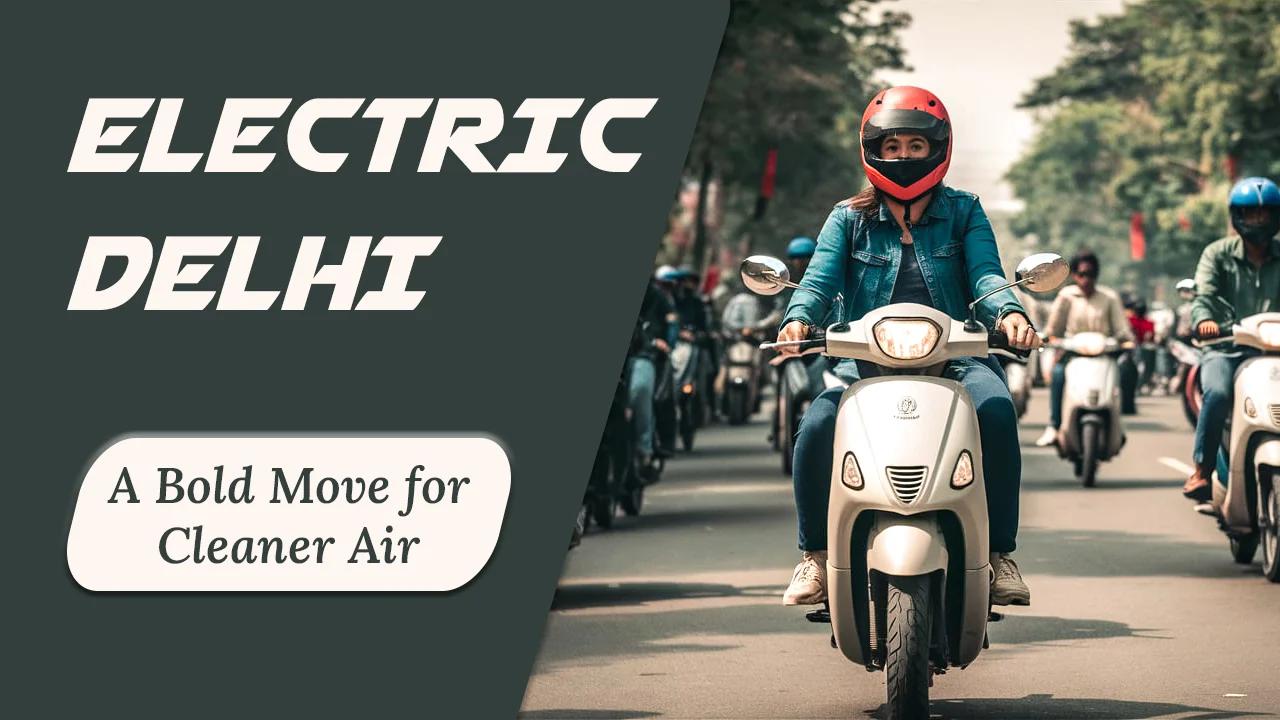From Petrol to Electric: Delhi's Bold Move for Cleaner Air and Sustainable Transport
by | 8 Aug 2024
Being the country's capital, Delhi has always been at the helm of change when it comes to curbing the issues related to air pollution which has always been visible in the incumbent government's policies. While the contributors of the same have always been debatable ranging from crop-residue burning activity to vehicular pollution, the only thing that everyone can agree on is that it needs to be tackled more harshly than ever. With policies like the odd-even scheme where vehicles with registration numbers ending in odd numbers were allowed to travel on odd-numbered dates, and vice versa for vehicles with even-numbered registrations, the government has always prioritized the health of its commuters over convenience.

In 2020 when the cases of COVID-19 were soaring, the Government of India put in place a 3 month mandatory curfew to ensure minimal transmission of the virus, which in hindsight was a commendable move saving thousands, if not millions of lives. The inadvertent impact of this, not foreseen by most, was the increase in the air quality in the capital city. Published in Atmosphere 2022, Data from 37 stations was monitored from 12 March 2020 to 2 April 2020 and it was found that the Air Quality Index for the city was almost reduced by 37% and 46% concerning PM2.5 and PM10, respectively.
In another laudable attempt to further the cause of curbing pollution and providing its residents with better quality of air, the Kejriwal government notified the 'Delhi Motor Vehicle Aggregator and Delivery Service Provider Scheme 2023' in November 2023. The scheme requires all delivery service providers and passenger vehicle aggregators to switch their fleets to electric vehicles by 2030. The scheme also provides future guidelines and all the compliances that must be followed with specific licenses that need to be acquired by the service providers and aggregators. According to an article published in the Economic Times, the fleet of vehicles includes electric, petrol, and CNG-driven two-, three-, and four-wheelers. The biggest fleets belong to over 50,000 vehicles of Smartshift Logistics, followed by ANI Technologies with more than 36000, Zomato with over 22,000, and Blink Commerce with over 10000.

It is speculated that the aggressive nature of the scheme will boost electric vehicle sales immediately rather than just long term. This has been corroborated by digital platforms like Drivio and 91trucks which have seen a massive increase in the number of finance leads for the electric 2W and subsequently the 4W segment which is also a part of the electrification scheme. As per the policy For two-wheeler (2W) passenger vehicles, the timeline for the electrification target is 6 months while The electrification target for the 2W goods vehicles is 10% in six months, 25% in one year, 50% in 2 years, 75% in 3 years and 100% in 4 years. It is mindful to note that the scheme offers a relaxed transition for four-wheelers with the electrification target of 5% in 6 months, 15% in one year, 25% in 2 years, 50% in 3 years, 75 % in 4 years, and 100% in 5 years.
A three-year action plan has been formulated to deploy 18000 charging points by 2025, ensuring convenient access for EV owners across the city. Moreover, partnerships with aggregators and efforts to enhance last-mile connectivity through e-autos, Delhi metro feeder e-buses, and individual e-two-wheeler options are actively being pursued. If all goes well, Delhi’s move could serve as a role model for other cities!




